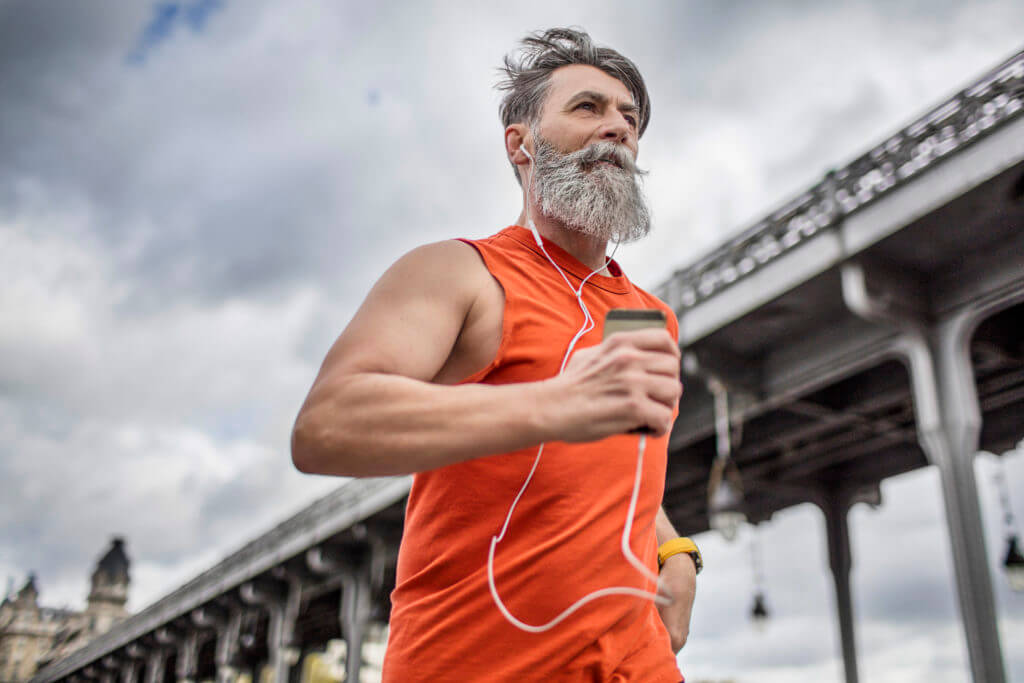By: Dr. Melissa McCann, PT, DPT & Dr. Chris Hagan, PT, DPT
With so many different factors that contribute to a runner’s technique, how does one decide what to change and what to keep the same? One topic to discuss regarding this important question is “running economy”, which can be defined as the energy demand for a given velocity of sub-maximal running, and is determined by measuring the steady-state consumption of oxygen (VO2) and the respiratory exchange ratio. A poor running economy will result in expending more energy to complete the same amount of work as someone who has a better running economy. This difference will be noticeable during long distance running, whether it is during training or in race conditions; the less economical runner will require more effort over time, which can make a significant difference in reaching pace goals and preventing injury
An article from Sports Medicine titled, Is there an Economical Running Technique? explores the question by reviewing several research articles to evaluate the factors that are strongest direct links to running economy. There are both intrinsic and extrinsic factors to consider. Intrinsically, the individual’s running mechanics are taken into account. The phase of running that can be modified the most is the ground contact phase during propulsion, which has the most effect on running economy. Two of the factors that can be modified here would be to shorten stride length range by 3% and to lower vertical oscillation. These are the two factors that have evidenced effect on running economy, and that addressing them can be beneficial.
Extrinsic factors take into account a runner’s shoe wear and running surface, which can impact the body’s energy demand. The weight of your shoe can negatively affect running economy, if the weight of the shoe is 1lb or more. The running surface should be firm and compliant for the greatest economic benefit. Too much cushioning (ie running on sand) can lead to an increased demand on the body during the stance phase. A firm surface will return more energy to the body while running and positively influence running economy.
Overall, there are a multitude of factors that can be addressed to facilitate efficient running. The physical therapists at Body Gears can assist in improving running economy by implementing strategies discussed above, as well as addressing mechanical, neuromuscular, and motor control barriers that may also be contributing to poor running economy.
Reference:
Moore I. Is There an Economical Running Technique? A Review of Modifiable Biomechanical Factors Affecting Running Economy. Sports Medicine (Auckland, N.Z.) [serial online]. June 2016;46(6):793-807. Available from: MEDLINE with Full Text, Ipswich, MA.






